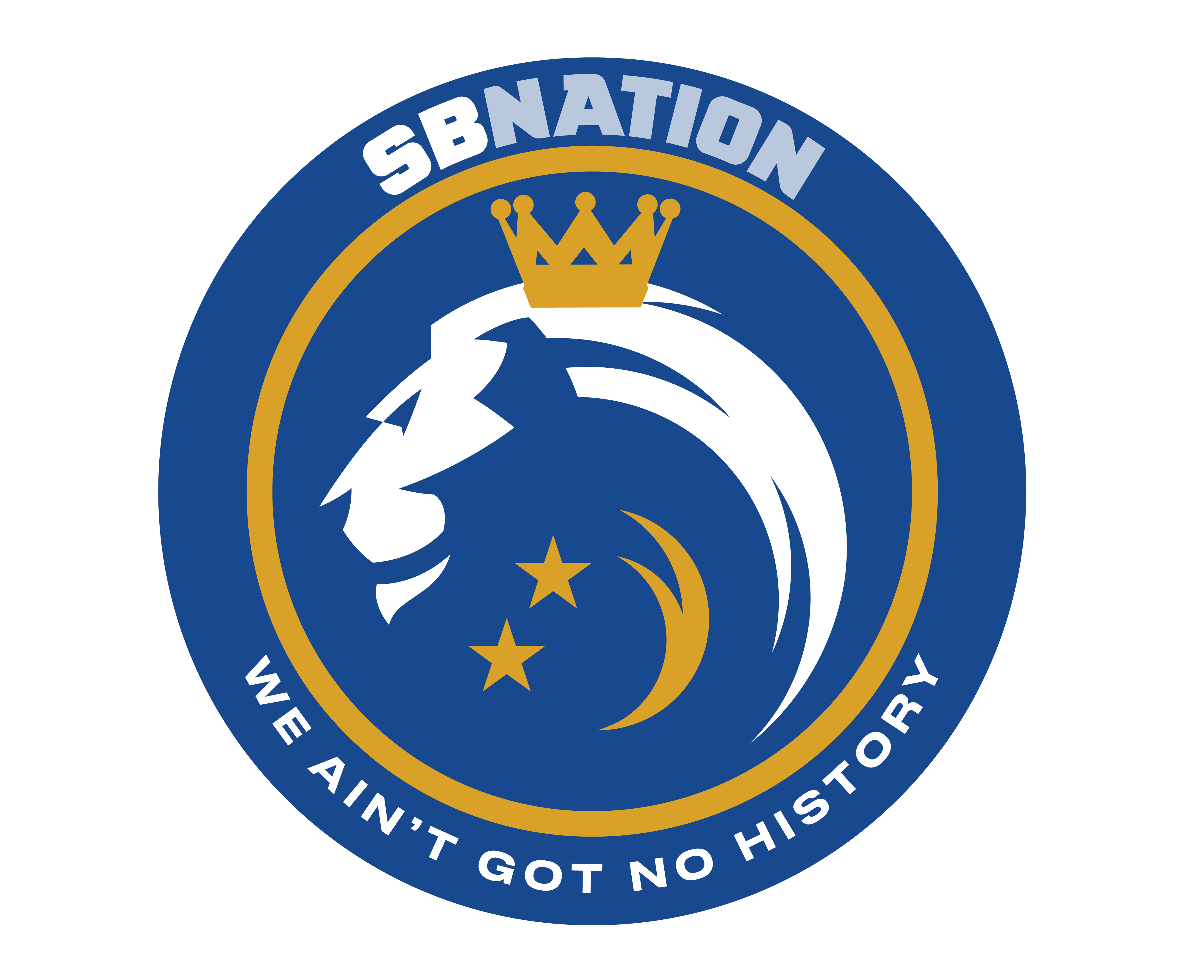/cdn.vox-cdn.com/uploads/chorus_image/image/69850236/1339689024.0.jpg)
For the second match in a row, Thomas Tuchel had to change his gameplan at half-time. Against Liverpool, prior to the international break, the change was forced onto him by the red card to Reece James and Chelsea going down to 10 players. Tuchel responded by bringing on a defender, Thiago Silva, for one of the forwards to keep numbers at the back and look to see out the 1-1 draw, which we did.
Against Aston Villa this weekend, the change at the break was a more proactive decision, in response to not only a poor individual performance from debutant Saúl Ñíguez, but also to a relatively poor team performance from Chelsea as a whole as well. We were struggling to deal with Aston Villa’s enthusiastic and aggressive press and were lacking our customary control.
:no_upscale()/cdn.vox-cdn.com/uploads/chorus_asset/file/22846190/1339683631.jpg)
However, even though it was Jorginho coming on, a midfielder who’s synonymous with possession, Tuchel wasn’t necessarily trying to wrest back control in that way. Instead, he was adapting to the game, as Mateo Kovačić explained after the game.
“It was a difficult game, especially in the first half. Aston Villa came out quite aggressive and it was difficult to come out playing, to do our game.
“The manager changed it at half-time because he saw that we struggled to come out playing like we usually do. We changed our style of play a little and we played a little bit of long balls to Romelu, so we adapted quite well.”
-Mateo Kovačić; source: Chelsea FC
Tuchel had hinted at the more direct option that Romelu Lukaku could add to our repertoire when talking about his arrival last month, and on Saturday we saw some of that in action (and not just in the second half).
And it wasn’t necessarily a massive tweak — raw passing numbers, lengths, and directions remained largely the same — but we can see a difference in terms of (touch) locations between the first and second halves.
In the first, a majority of our touches were clustered in the middle of the pitch, with Thiago Silva (52) leading the way, ahead of both central midfielders. (On a sidenote, gotta love that Rüdiger 40-yard special...)
:no_upscale()/cdn.vox-cdn.com/uploads/chorus_asset/file/22846172/Screen_Shot_2021_09_12_at_22.25.48.png)
But in the second, the touch locations are spread out much more evenly and a bit further forward— the only exception being the void on the right wing, especially after the introduction of César Azpilicueta — with Kovačić himself taking center stage (48 touches), and Hakim Ziyech, who was barely involved in the first half, coming in second with 39.
:no_upscale()/cdn.vox-cdn.com/uploads/chorus_asset/file/22846173/Screen_Shot_2021_09_12_at_22.25.29.png)
It wasn’t a drastic change, and certainly the quick second goal soon after the restart made our job much, much easier as well, but it was a key change and a semi-unexpected tactical change, and yet another decision from the head coach that paid off handsomely in the end. Tuchel isn’t flawless, no one is, but he makes the right calls more often than not — and not just before but during games as well. Combined with the individual talents on the team, that’s certainly a solid recipe for winning!
Let’s keep cooking!
Thomas Tuchel in a deep tactical chat with Jorginho at half-time. pic.twitter.com/yJsZaUFP0V
— Football Daily (@footballdaily) September 11, 2021

Loading comments...